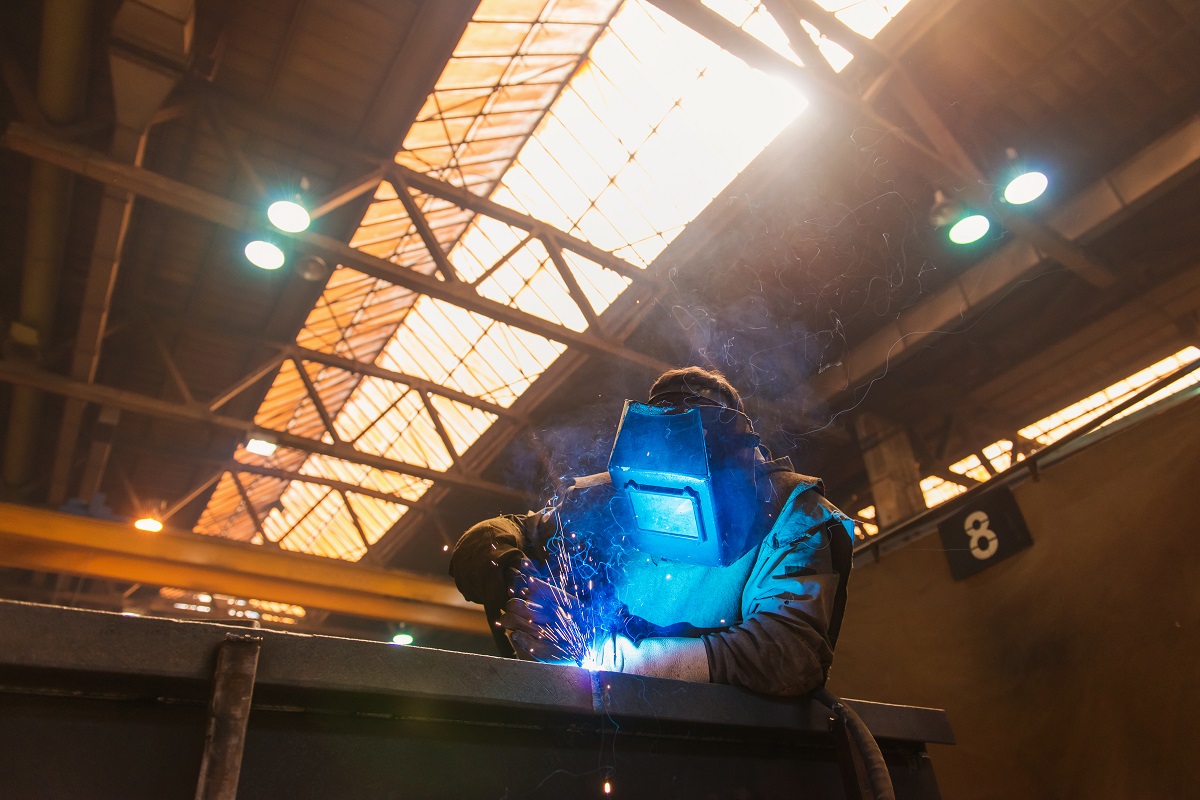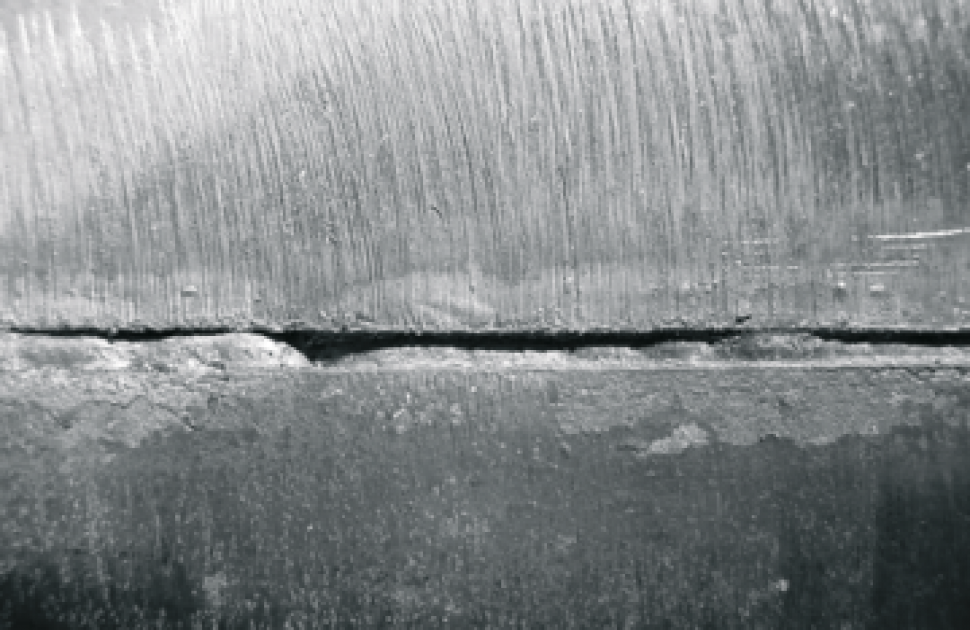Professional Approaches for Preventing Weld Undercut Successfully
Professional Approaches for Preventing Weld Undercut Successfully
Blog Article
Comprehending the Causes and Solutions for Undercut Welding in Metal Manufacture Procedures
In the world of metal construction procedures, the incident of undercut welding poses a considerable challenge that requires a thorough understanding of its causes and feasible services. The elaborate interplay of numerous elements throughout welding operations can lead to this unwanted phenomenon, impacting the structural integrity and general quality of the welded joints - Preventing weld undercut. By studying the source of undercut welding and exploring efficient restorative procedures, makers can elevate the criterion of their workmanship and make certain the manufacturing of remarkable metal components
Typical Reasons of Undercut Welding
Regularly neglected in metal fabrication, undercut welding takes place as a result of numerous variables that demand meticulous interest and knowledge to be efficiently reduced. One typical source of undercut welding is excessive heat input. When the heat input is too expensive, it can bring about the melting and subsequent disintegration of the base material along the edges of the weld joint, creating a groove or undercut. In addition, incorrect welding strategies, such as making use of the incorrect welding angle or take a trip speed, can additionally add to undercut formation. Poor securing gas protection is one more essential variable that can cause damaging. Inadequate gas insurance coverage fails to safeguard the weld swimming pool sufficiently, leading to oxidation and undercut defects. Furthermore, the selection of welding criteria, such as voltage, existing, and wire feed speed, plays a considerable role in the incident of undercut welding. Comprehending these typical reasons is essential for implementing precautionary actions and making certain high-grade welds in steel manufacture processes.
Effect of Incorrect Welding Parameters
Incorrect welding criteria can significantly endanger the honesty and quality of welded joints in steel construction procedures. The influence of inaccurate welding specifications shows up in different methods, bring about architectural weaknesses and problems in the bonded elements. One vital element impacted by improper welding criteria is the penetration depth of the weld. Not enough warmth input as a result of low welding currents or exceedingly high traveling speeds can lead to poor combination between the base metals, resulting in insufficient joint infiltration and compromised bonds. Conversely, extreme heat input triggered by high welding currents or slow traveling speeds can cause excessive and burn-through reinforcement, developing a weak and unsteady weld structure. Additionally, wrong parameters such as inappropriate voltage settings or wrong electrode angles can contribute to erratic weld grain accounts, absence of combination, and enhanced chances of defects like undercutting. Thorough attention to welding specifications is paramount to make sure the production of high-grade welds with the desired mechanical buildings and architectural integrity.
Impact of Improper Lantern Angle
Improper torch angle in welding operations can substantially impact the high quality and stability of the last weld joints in steel construction processes. Damaging is a typical welding issue where a groove develops along the weld toe, compromising the joint and jeopardizing its architectural integrity.
A torch angle that is as well steep can bring about insufficient penetration, incomplete combination, and boosted spatter. On the other hand, a torch angle that is too shallow can lead to extreme penetration, burn-through, and distortion of the base product. Preventing weld undercut. Appropriate lantern angle is important for guaranteeing consistent weld check high quality, stamina, and appearance
To stop undercutting and various other defects triggered by incorrect lantern angles, welders need to be trained to keep the proper lantern angle throughout the welding procedure. Routine monitoring and adjustment of torch angles throughout welding can help achieve sound welds with minimal issues.
Function of Inadequate Welding Techniques

Another element of poor welding techniques is incorrect weld prep work. Insufficient cleansing of the base metals, incorrect joint style, or inadequate edge prep work can all contribute to damage welding. Additionally, inadequate securing gas coverage or utilizing the incorrect type of gas can cause insufficient combination and the formation of undercut defects.
To address the role of inadequate welding techniques in metal fabrication processes, it is vital to supply comprehensive training for welders. Appropriate education and learning on welding criteria, joint prep work, and shielding gas option can assist protect against undercut welding and guarantee high-quality welds in metal construction tasks.
Reliable Solutions for Undercut Welding
Resolving undercut welding in steel construction requires applying effective options to enhance weld top quality and architectural honesty. Among the primary remedies to combat undercut is to readjust welding specifications such as voltage, existing, and take a trip speed to guarantee appropriate warmth input and combination. By fine-tuning these settings, welders can prevent excessive melting of the base steel and filler product, minimizing the likelihood of undercut development.
In addition, correct joint prep work is important in protecting against undercut. Guaranteeing clean base steel surface areas devoid of impurities and making use of the appropriate bevel visit this web-site angle can aid promote better weld infiltration and minimize the danger of undercut - Preventing weld undercut. Utilizing ideal welding techniques, such as oscillating the lantern or weaving, can likewise help in distributing warm evenly and filling up the weld joint appropriately, lessening the possibility of undercut problems
In addition, picking the correct welding consumables, consisting of electrodes and filler steels, is vital in alleviating undercut. Using products with suitable chemical make-ups and mechanical properties can add to achieving sound welds with very little undercut. Routine inspection and quality assurance steps ought to additionally be implemented to identify and address undercut problems without delay, ensuring the total stability of produced steel elements.

Final Thought
Finally, understanding the reasons and remedies for undercut welding in steel fabrication processes is important for achieving high-grade welds. By attending to common causes such as inaccurate welding specifications, inappropriate lantern angle, and inadequate welding techniques, welders can stop damaging and ensure strong, durable welds. It is necessary to take notice of these aspects go to the website and apply reliable solutions to improve the overall welding process and end product top quality.

Report this page